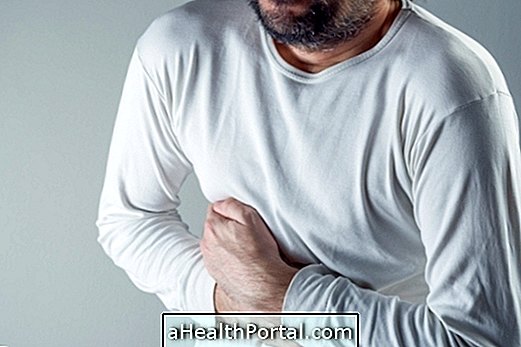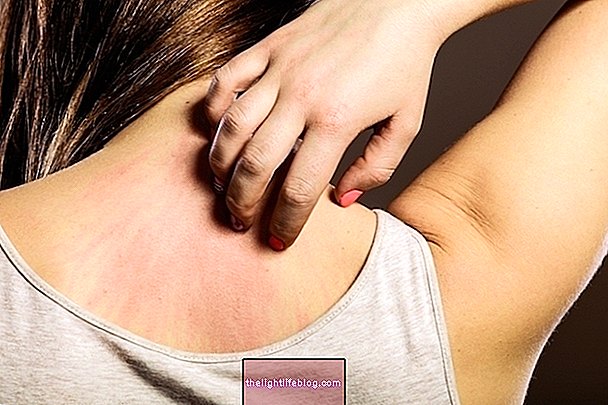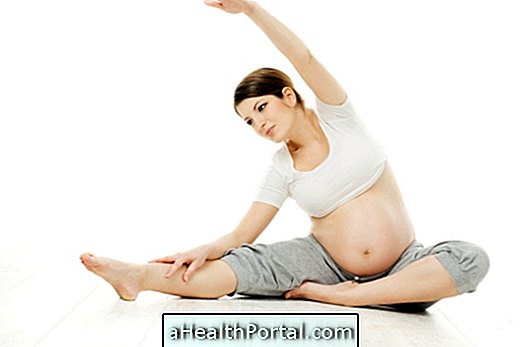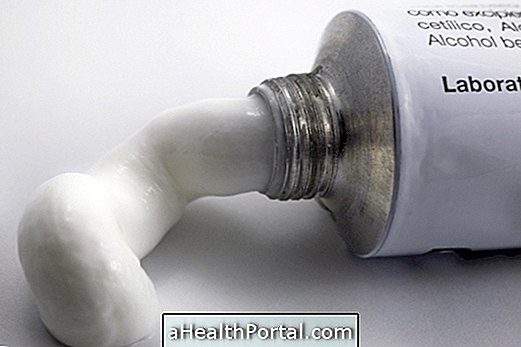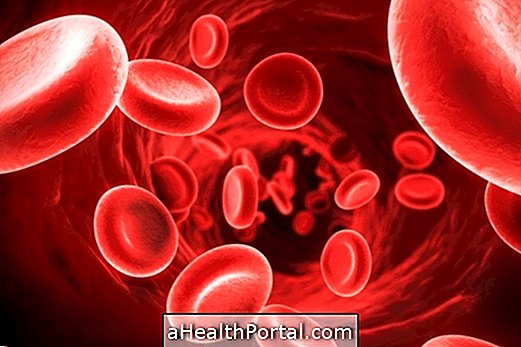Scheuermann's disease, also known as juvenile osteochondrosis, is a rare disease that causes a deformity of the curvature of the spine, producing an arch of the back.
Generally, the affected vertebrae are those of the thoracic region and, therefore, it is normal for the affected person to present a slightly bent forward posture. However, the disease can appear in any other vertebra, causing different changes in posture.
Although it is not always possible to achieve a cure, there are several forms of treatment for Scheuermann's disease, which help to relieve symptoms and improve quality of life.

Main symptoms
The most classic symptoms of Scheuermann's disease include:
- Slight back pain;
- Fatigue;
- Spine sensitivity and stiffness;
- Round column appearance;
Usually the pain appears in the upper spine and worsens during activities in which it is necessary to rotate or bend the back very often, as in some sports such as gymnastics, dance or golf, for example.
In addition, in the most severe cases, the spinal deformity can end up compressing nerves that end up resulting in difficulty in breathing.
How to make the diagnosis
Usually the diagnosis can be made with a simple X-ray examination, where the orthopedic doctor observes the characteristic changes of the disease in the vertebrae. However, the doctor may also order an MRI to identify additional details that help with treatment.
What causes Scheuermann's disease
The exact cause of Scheuermann's disease is not yet known, but the disease appears to pass from parents to children, indicating a hereditary genetic alteration.
Some factors that also seem to increase the risk of developing this disease include osteoporosis, malabsorption, infections and some endocrine disorders.
How the treatment is done
The treatment for Scheuermann's disease varies according to the degree of the deformity and the symptoms presented and, therefore, each case must be well evaluated by the orthopedist.
However, in most cases, treatment is started with the use of cold compresses and physical therapy to relieve pain. Some of the techniques used in physical therapy may include electrotherapy, acupuncture and some types of massage. In addition, the doctor may prescribe some pain relievers, such as Paracetamol or Ibuprofen.
After relieving the pain, the treatment is oriented to improve movement and ensure the greatest possible amplitude, being very important to work with a physiotherapist. At this stage, some stretching and strengthening exercises can also be used to improve posture.
Surgery is generally used only in the most severe cases and helps to reposition the spine alignment.
Was this information helpful?
Yes No
Your opinion is important! Write here how we can improve our text:
Any questions? Click here to be answered.
Email in which you want to receive a reply:
Check the confirmation email we sent you.
Your name:
Reason for visit:
--- Choose your reason --- DiseaseLive betterHelp another personGain knowledge
Are you a health professional?
NoMedicalPharmaceuticalsNurseNutritionistBiomedicalPhysiotherapistBeauticianOther

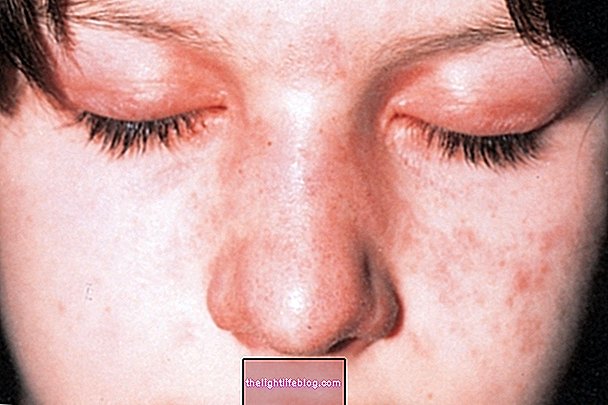
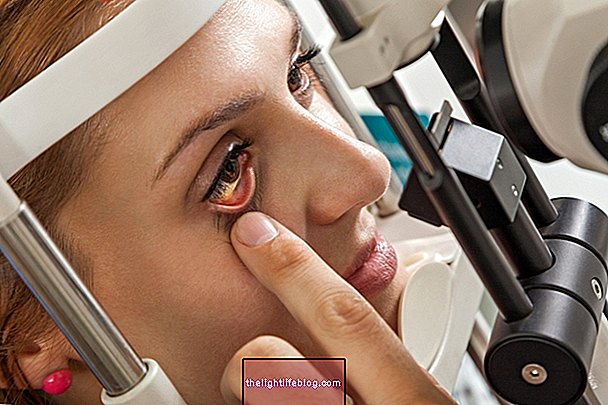

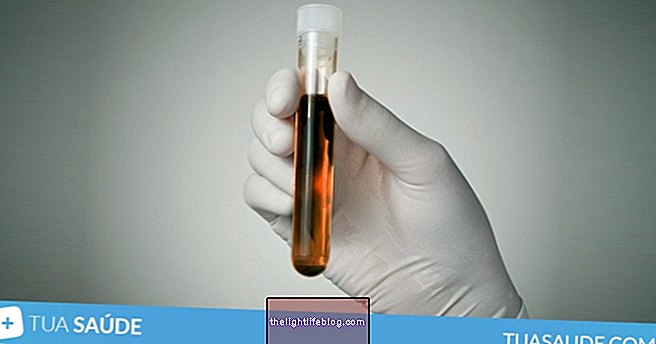



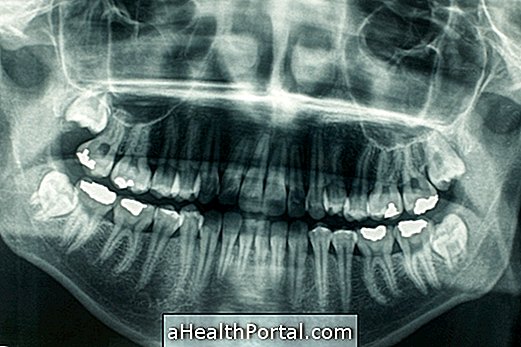





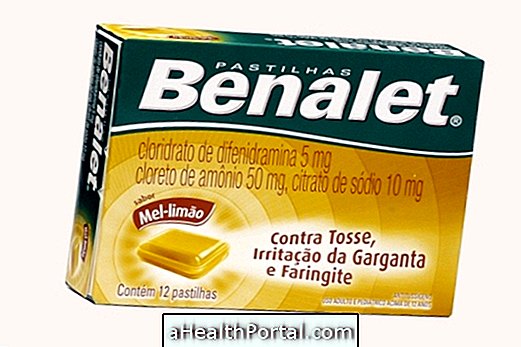

-o-que--sintomas-e-tratamento.jpg)
